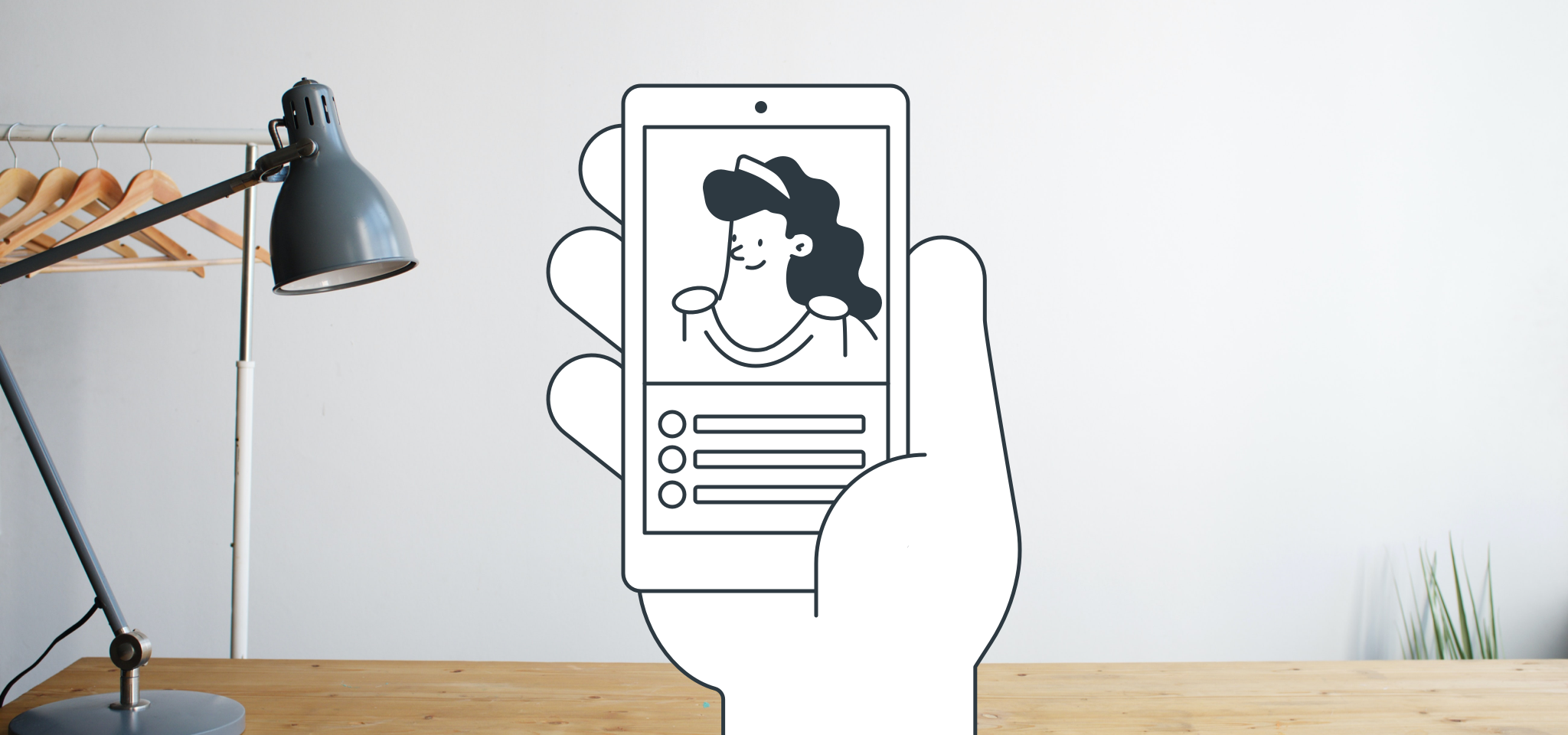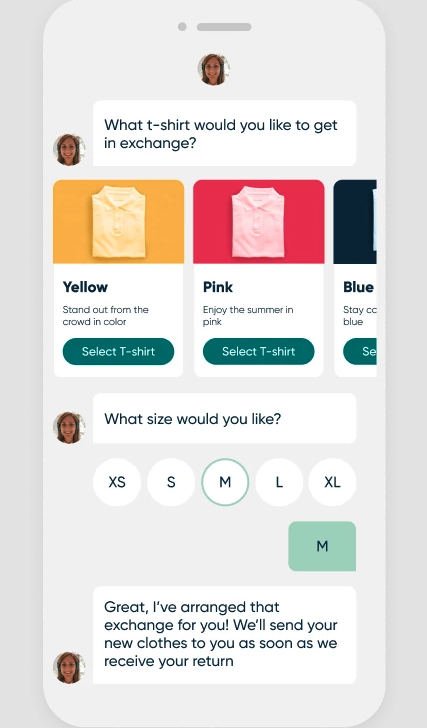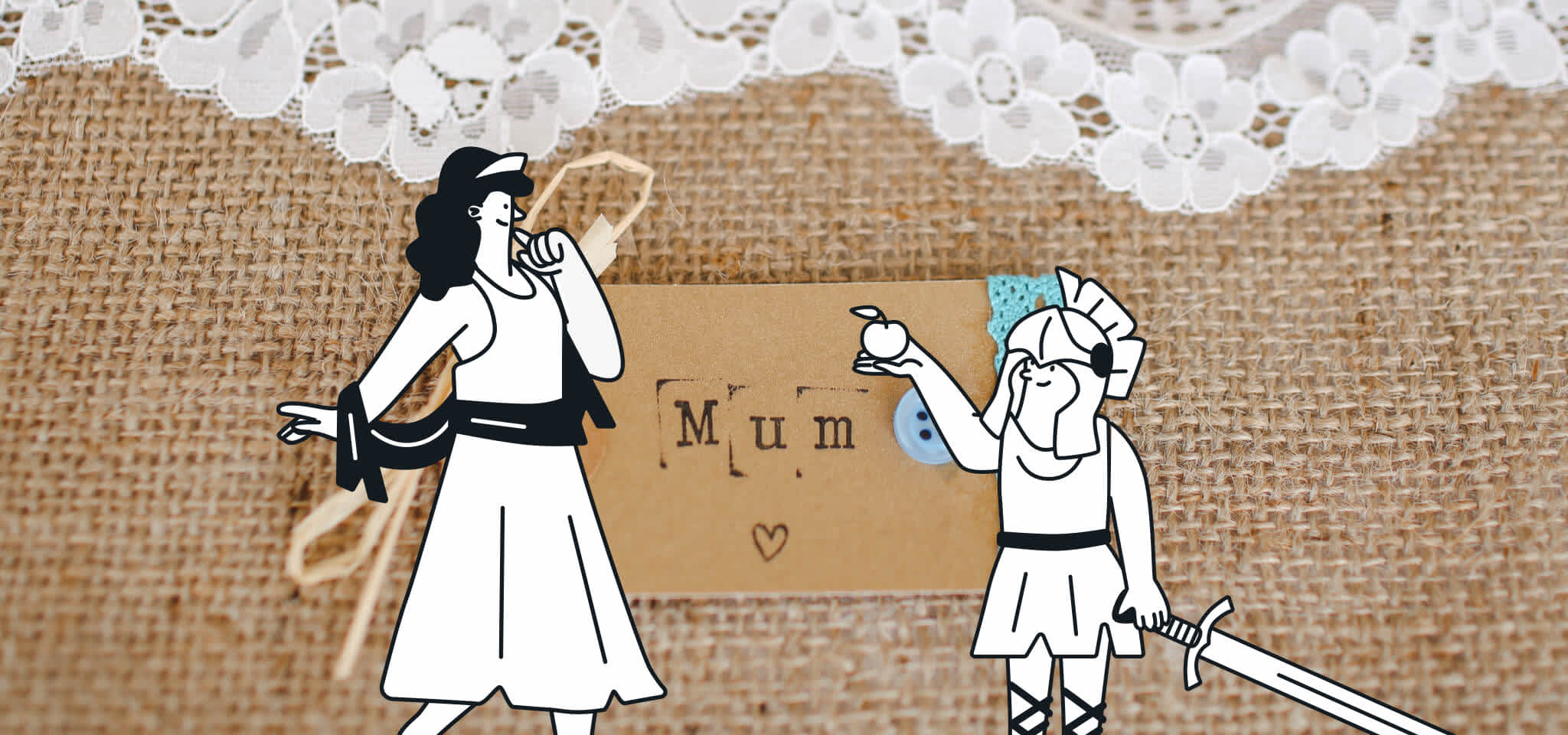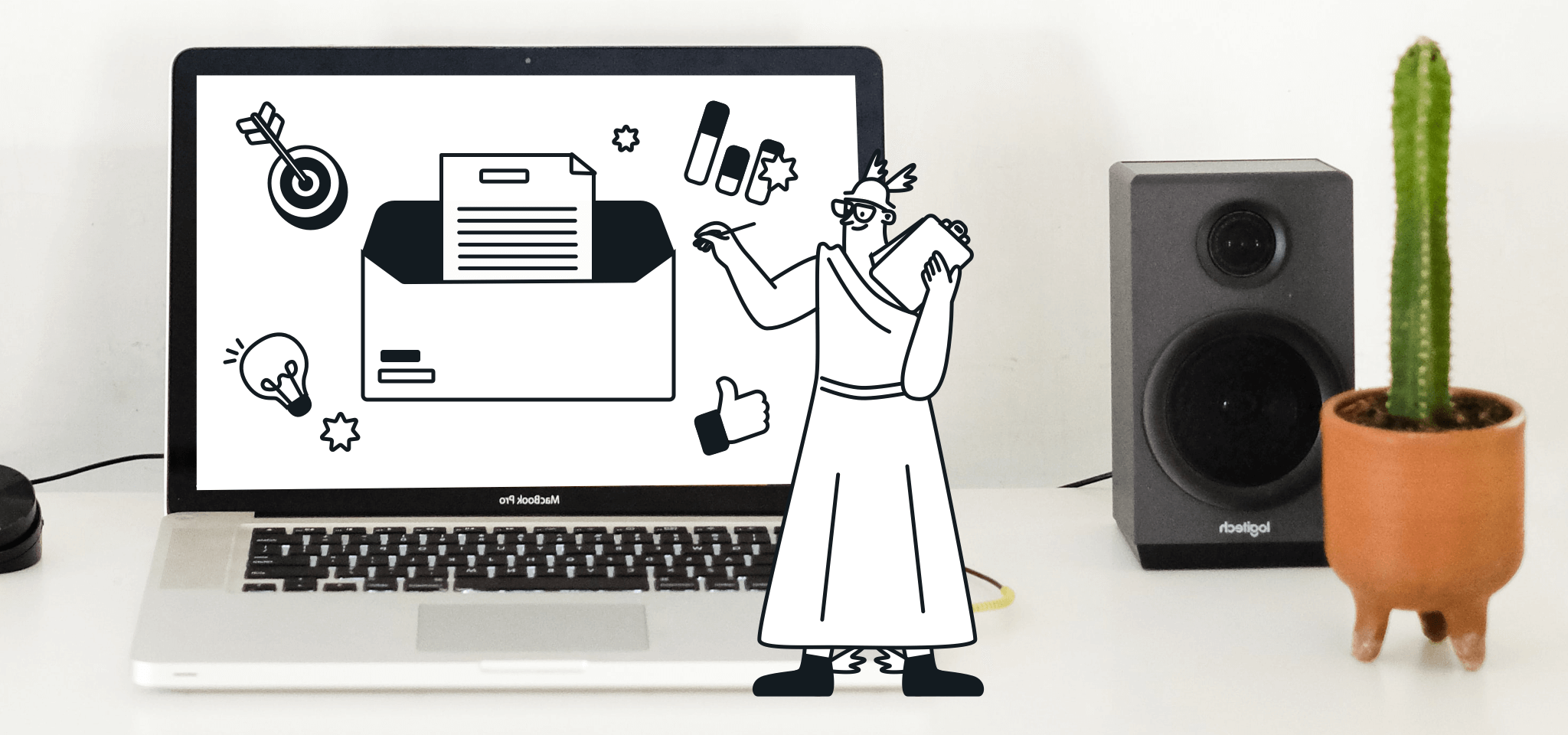Marketing
What is RCS messaging and should it be in your marketing mix?
RCS messaging provides an intriguing way to create an interactive customer experience on mobile devices. But is it the right choice for your brand’s communication strategy? Get the details on RCS and how it works.

PUBLISHED ON
Eye-catching email campaigns may have a bit of an edge over SMS marketing when it comes to design and overall experience. Basic texting, however, isn’t the only way to reach customers and prospects in their mobile messaging inboxes.
RCS messaging presents some interesting opportunities to engage, sell, and automate mobile customer experiences using multimedia and interactivity. RCS is also a rising star in the world of omnichannel communications. But is it a good fit for your marketing strategy? Let’s take a closer look.
What is RCS messaging?
First things first. What does RCS stand for anyway?
RCS stands for Rich Communication Services, and you’ll see why in just a minute.
You may recall that SMS stands for Short Messaging Services, which sounds a little mean, but there is a 160-character limit, so it’s accurate. MMS stands for Multimedia Messaging Services. So, if you’re thinking RCS provides an even richer mobile messaging experience than MMS... you’d be right. RCS is advanced messaging.
Google says that RCS “upgrades SMS with branding, rich media, interactivity, and analytics.”
Since we’re on the topic of Google, it’s worth mentioning that RCS is a Google-supported communication protocol that (as of this writing) only works with Android devices. It’s most commonly used with the Google Messages app where all features will work as expected, but it should work with Samsung and Android Messages too. Most major wireless providers also have RCS support.
While SMS messages are just basic text with links, and MMS is messaging with emojis, images, and videos, RCS takes it to the next level. An RCS message can have all of the above. Plus, it provides what’s often described as an “app-like experience.” Or you might say a killer RCS message is like the most impressive interactive email you can imagine.
For example, an RCS campaign could look something like this: A chatbot conversation that leads to a simple interactive game, ending with a promotional code for the recipient, which makes it easy to track engagement and conversions.
How does RCS work?
RCS messages are designed to be interactive, two-way communication experiences. By that we mean you’re not just reading and clicking. Instead, brands can deliver what’s known as conversational customer engagement. So, as shown above, contacts can interact with chatbots that deliver friendly, automated responses as people navigate a multimedia experience – all inside their messaging app.
Sounds pretty cool, right?
Google Developers provides us with a more technical explanation of how RCS messaging works:
“RCS Business Messaging (RBM) agents communicate with users through messages, events, and requests to achieve your business goals. Whether those goals are simple (such as sending delivery notifications) or complex (such as booking a flight), agents use rich cards, media, and suggestions to guide users through fluid conversations that satisfy user and agent needs.”
Google Developers Documentation
Here’s a mockup of an RCS interaction from the mobile messaging experts at Sinch. It illustrates how a customer might exchange a recent online purchase using this form of digital communication. As you can see, it’s pretty painless. There’s no waiting on hold with customer service. In just a few clicks, the customer gets what they need.

A typical RCS messaging experience
RCS features and functionality
There are several different RCS message types:
Text
File
Suggested replies/actions
Carousel
Rich card
Fallback
Text and file messages are self-explanatory. You’re just sending a simple message or a media file such as a picture, animated GIF, or short video to the recipient.
Suggested replies and actions make it easier for recipients to interact with the message. They’re sort of like a collection of CTAs that give people options to choose from. The shirt sizes in the sample RCS message above are an example of suggested replies. (And it looks like you’re out of luck if you need XXL).
Suggested actions include things like dialing a phone number, opening a URL, or viewing/sharing a location.
Rich cards and carousels are where things start getting really interesting. An RCS message with a carousel allows the recipient to swipe through images and potentially select an option. You can see it illustrated with the different shirt colors in our example message above.
A rich card in RCS messaging includes a combination of different elements:
Title text
Images and video
Description text
Suggested replies and actions
This allows you to build a rich messaging experience that really stands out. See an example of a rich card from Sinch below.

Example of a rich card in RCS messaging
By the way, there are also rich card carousels, which allow users to scroll through a collection of cards to compare options before making a selection and taking an action.
Fallbacks are similar to the fallbacks used in email development when something isn’t supported in a certain client. With RCS messaging, the fallback is to revert to a plain SMS message for unsupported devices, or recipients who don’t have RCS turned on.
What brands are using RCS messaging?
Is your creative marketing mind overflowing with ways to use RCS right now? There’s definitely a long list of possibilities:
Booking travel and hotel accommodations
Picking from menu items to order food
Making reservations and scheduling appointments
Product selection and customization
Making personalized recommendations
Delivering survey questions for customer feedback
Building a simple interactive game
So, what kinds of companies have jumped on the RCS messaging bandwagon, and how has this form of customer communication worked out for them?
Google shares a collection of success stories, which include how fast-food brands like Subway and Sonic are using RCS as well as wireless carriers and personal finance applications like Orange and Fintonic, respectively.
Mailet’s parent company, Sinch, provides RCS messaging capabilities to a variety of brands. They include the automobile manufacturer Nissan and its marketing partner, Publicis Worldwide. A case study on Nissan’s use of RCS messaging shows these results from a campaign launched in France and Spain.
4.7x increase in engagement
80% conversion rate
200,000+ customers targeted in six months
Here’s a look at how Nissan used RCS messaging with its customers:

Nissan conversational messaging with RCS
Nissan found these campaigns improved customer loyalty, and the people at Publicis say it helps with collecting valuable first-party data about customers to make the marketing strategy even stronger and more relevant.
“We rely on Sinch and Adobe Campaign for proactive communications to make sure customers recognize that Nissan is looking after them. Instead of being reactive, we can be much more proactive based on what we know about our customers’ needs.”
Claire Laurent, Senior Account Director, Publicis
Now, if we drive across the forecourt into frozen food retailer Pricard’s marketing office, we’ll find another example of how RCS messaging increased customer engagement by 42%.
With the holiday season accounting for 25% of Pricard’s annual revenue, the team were on the lookout for new communication solutions to increase engagement and sales. They landed on RCS messaging as a way to mix things up and deliver a more interactive experience for customer’s looking for new Christmas dinner recipes.
Through this interactive journey, customers shared details about their dietary preferences, budget, and willingness (or lack thereof) to cook — all within their native messaging app.
Based on their responses, they were presented with a personalized holiday menu and a call-to-action, directing them to the Picard website:
Benefits and limitations of RCS messaging
Like just about anything, RCS has its pros and cons. Here’s a quick look at the advantages and disadvantages of Rich SMS.
Advantages of RCS: | Disadvantages of RCS: |
|---|---|
Advantages of RCS: | |
|
|
Disadvantages of RCS: | |
|
|
|
|
|
|
|
|
|
That last one about Apple is a big sticking point, isn’t it? People using iPhones are unable to view RCS messages because Apple’s iMessage app won’t support it. And won’t is the right word there, not can’t.
There’s been a lot of controversy over Apple’s unwillingness to support RCS. Google has been putting pressure on Apple to change its mind. They went as far as launching a public campaign with content on Android.com dedicated to all the reasons why Apple needs to “fix texting.”
Even Apple fan sites like 9to5Mac think iOS should support RCS messages. So, you’ve got to assume it’s going to happen at some point.
Turns out that pressure may have paid off. In November 2023 Apple announced it would adopt RCS messaging for iOS sometime in 2024, possibly through its upcoming iOS 18 update in the fall. This not only signifies a shift towards enhanced person-to-person (P2P) messaging but holds the promise of new opportunities for brands to enhance their customer communications with richer conversational messaging.
Another problem that will likely emerge for RCS is one that’s very familiar to email marketers... spam. Brands and advertisers have a bad habit of overusing and abusing communication channels. An article from Android Authority titled, “I enabled RCS on Google Messages and all I got was ads”, states:
“Google needs to take defensive measures before RCS-based ads and marketing messages become more prevalent. That would motivate an even larger percentage of Android users to disable chat features altogether, reducing RCS adoption and increasing fragmentation.”
Calvin Wankhede, Writer for Android Authority
Does RCS messaging work?
According to Juniper Research, it’s estimated that RCS is now available to 1.2 billion mobile device users around the world. Google also cites some impressive stats on the effectiveness of RCS in digital communications:
72% of consumers are more likely to purchase when they can ask questions in real-time
74% of consumers are more likely to engage with a brand through RCS
Recipients are 35x more likely to read RCS messages than emails
Ouch. Okay, that last one hurts a little. Let’s talk through the pain.
Will RCS replace email?
Over our dead bodies! But seriously... not anytime soon that’s for sure.
We recently surveyed consumers in our 2024 report “The path to email engagement,” we found that more than 42% of respondents chose email as their preferred way to hear from brands. While RCS messaging wasn’t included in this survey, the report shows only about 20% want to hear from brands via text messaging.
Of course, you know what they say. “There are lies, damned lies, and statistics.”
If you want to see surveys suggesting mobile messaging is best, you’ll find them. You’ll also find other research indicating email is preferred by much more than 42% of consumers. For example, a Data Axle study found more than 50% of every generation prefers email for brand communication. And email was the top channel for every generation besides Gen Z respondents, who chose social media (go figure).
Email shares a lot of the same capabilities as RCS messaging, especially if you find ways to add interactivity using methods such as AMP emails. And in some cases, email will be a better option. For instance, you may not want to use RCS to deliver a content-heavy newsletter. Important B2B messages may be better delivered to the email inbox than via RCS too.
And let’s not forget, as of today only Android phone users can experience RCS. But practically everyone has an email address.
So, don’t even think about abandoning your email marketing strategy. However, you may want to reconsider your overall marketing communications mix.
What’s in your omnichannel marketing mix?
Good customer communication is all about reaching people wherever they are, which means giving them what they want. And we all have different opinions and preferences, wouldn’t you agree?
Omnichannel communication isn’t just about using multiple channels. It’s about figuring out what channels your audience prefers, using the right channel at the right time, and creating a cohesive experience no matter where a message is delivered.
Whether it’s email, SMS, RCS, or any other option, marketing communication’s most important role is guiding people along a customer journey. And don’t forget, it’s called a customer journey because your customer is the hero of the story – not your brand.
We’ve got an ebook called “The omnichannel hero’s journey” that will help you wrap your head around that idea.
RCS seems to be an attractive option for many B2C companies, especially ecommerce companies as well as entertainment, consumer tech, dining, and travel/transportation brands. But don’t put RCS into your marketing mix because it’s cool and trendy. Do it because it can add value to the customer experience.
How could you combine RCS and email marketing to work effectively together? How can you use these channels to help customers and prospects? How can you delight them a little as they move along their customer journey? Those are the kinds of questions you should ask as you ponder the future of your marketing mix.
How to guide your heroes
Find out more about omnichannel communications
Check out a free resource from Sinch Mailjet that explores how to use the hero’s journey as a framework for creating a better customer experience. Become the guide your customers need on their journey. Get instant access. No form filling required.








